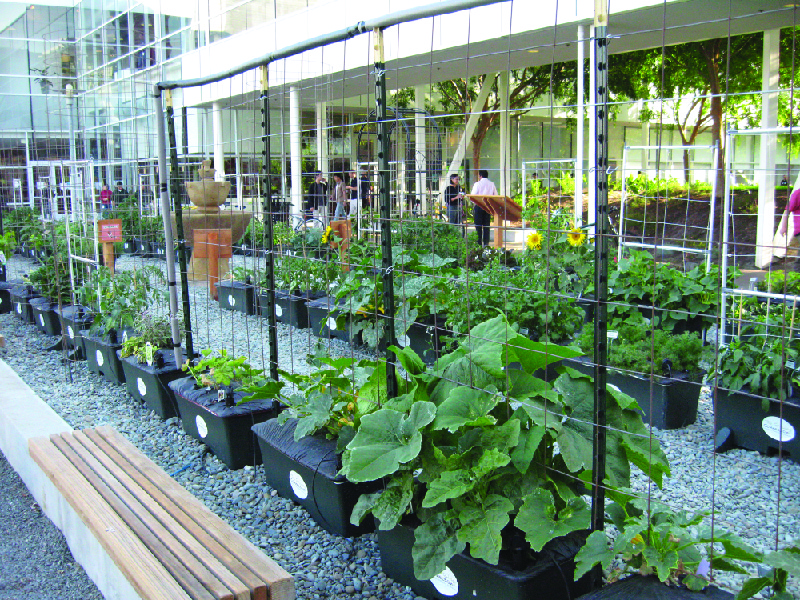10.2 Workplace Campuses
LEARNING OBJECTIVESBy the end of this section, you will be able to:
The physical workplace is changing. Most companies still inhabit traditional office spaces in which managers and employees each have an allotted space, whether an office, a cubicle, or just a desk. However, a growing number are redesigning their spaces with fewer separate offices, substituting flexible or shareable work stations built around communal space.34 The idea is that such “open plan” environments allow for more collaboration and brainstorming because employees are no longer walled off from one another. Shared, multipurpose spaces open to all allow people to gather informally throughout the day. In effect, then, these changes are aimed to augment productivity. In another trend, companies like Apple, Microsoft, Facebook, Amazon, and Alphabet (which owns Google) are developing expansive campus-like facilities that offer generous on-site amenities like recreation centers, fine dining, parks, walking and biking paths, climbing walls, free snacks, child-care facilities, basketball courts, haircuts and massages, and laundry, dry-cleaning, and car wash operations, in airy spaces often powered by renewable energy sources (Figure 10.5).35 Facebook and Alphabet/Google have plans for building mega-corporate campuses that also include housing. Facebook plans to reserve 15 percent of its housing units for low-income neighbors, but, in both cases, it is anticipated that most residents of these campuses will be employees.36 Presumably, workers who do not have to commute to and from work every day will be happier and more productive. |
||
| Figure 10.5 This herb garden at the Googleplex, Google’s headquarters, is an outdoor area where workers can sit and contemplate nature. The garden is part of a farm-to-table program to teach Googlers about how their food is grown. (credit: “Googleplex” by Pamela Carls/Flickr, CC BY 2.0) | ||
| New workplace arrangements like these effectively serve as fringe benefits for employees that presumably offer the flexibility and work-life balance promised by corporate recruiters. Yet, looking from a different angle, we might consider the motivations behind these complexes to be less than altruistic, because such campuses encourage workers to stay in the office far longer than they might otherwise. Is this the case? Furthermore, if so, do they result in the same or higher levels of productivity? What ethical challenges do they present for the employer and the employee? | ||
Workplace Campuses and Historical Precedents
Traditional workspaces are designed to allow each person to get the maximum amount of work completed each day, spending most of the time alone in a fairly utilitarian environment with minimal distractions. The size and location of the offices indicate status (corner offices are prized), and lunchrooms or cafeterias and water coolers provide the only place for brief social encounters.
State-of-the-art workplaces today, however, incorporate technology and encourage collaboration. Ergonomic furniture is available for comfort, and laptops and tablets allow workers to move around the facility as desktop computers could not. In fact, workers in the new flexible workplace spend less than 50 percent of their time at a desk.37 Moreover, as we discussed in the previous section, many enjoy the flexibility of telecommuting as needed. Furthermore, in open-plan spaces, all work positions locations are alike; status is not signaled by location or size.
LINK TO LEARNINGWatch this promotional video for one technology company whose employees work in a campus-like setting to learn about some of the benefits. |
||
| z |
|
z |
| z |
| z |
| z |
| z |
.

